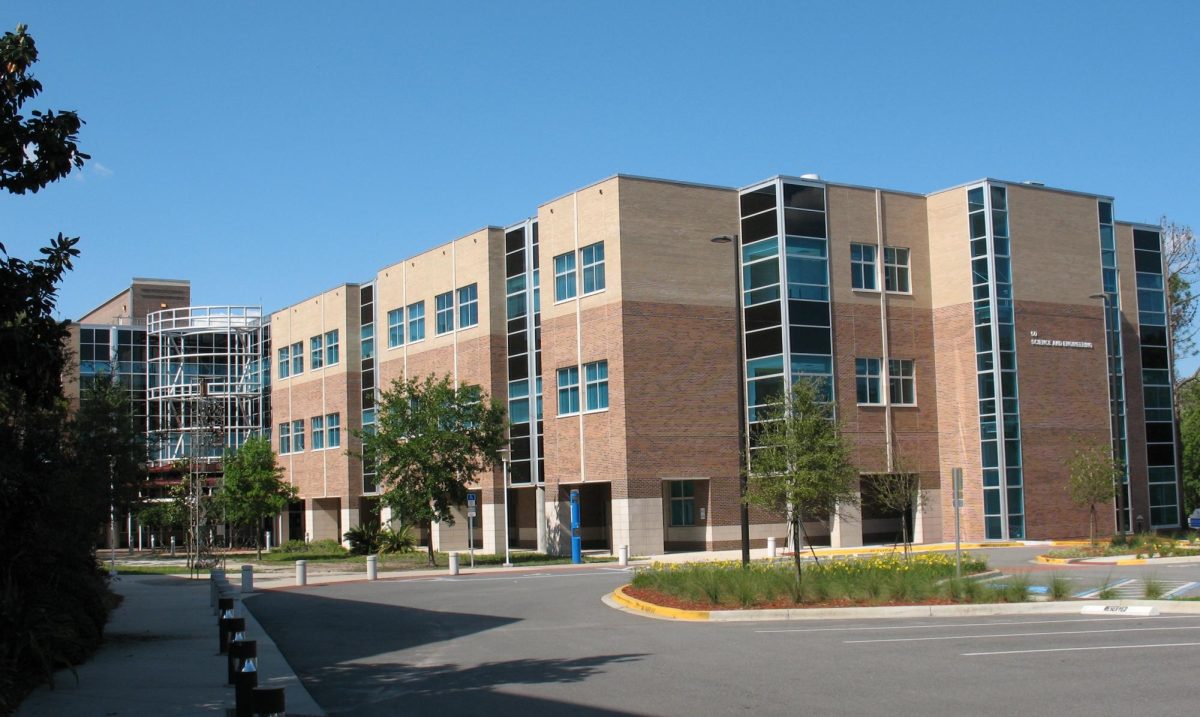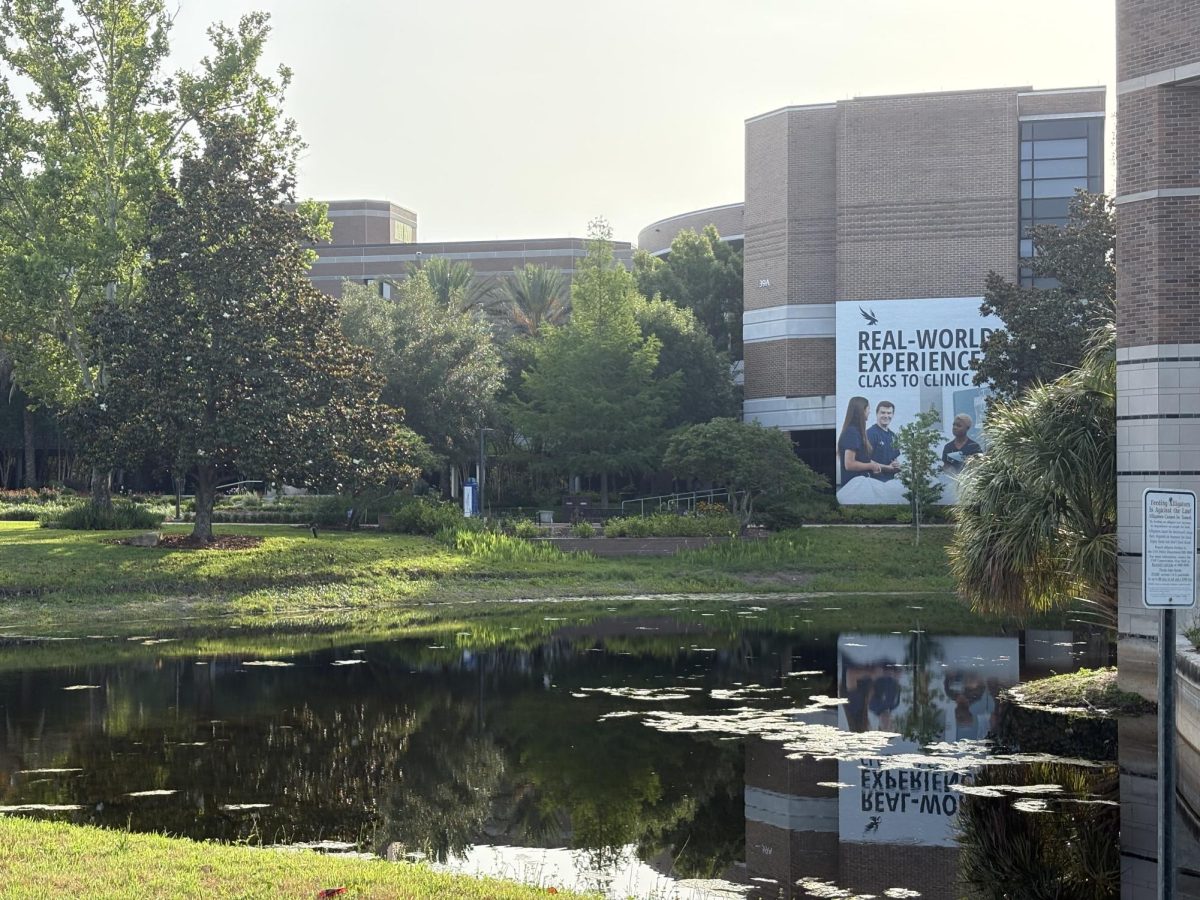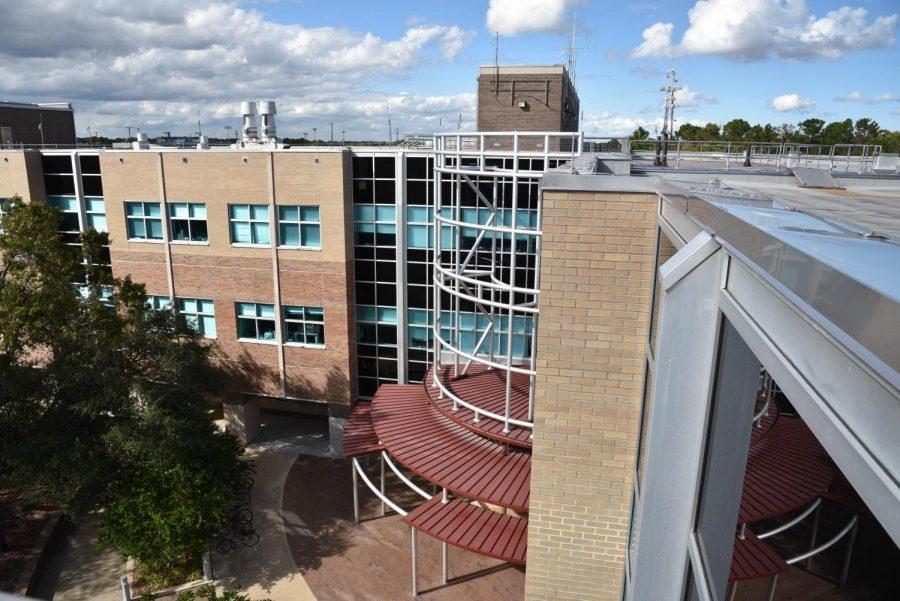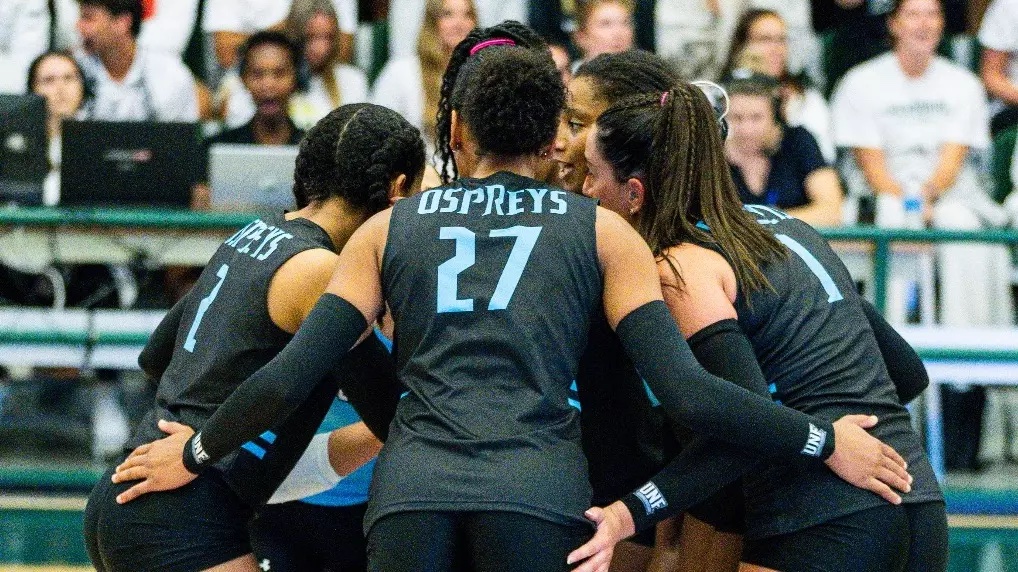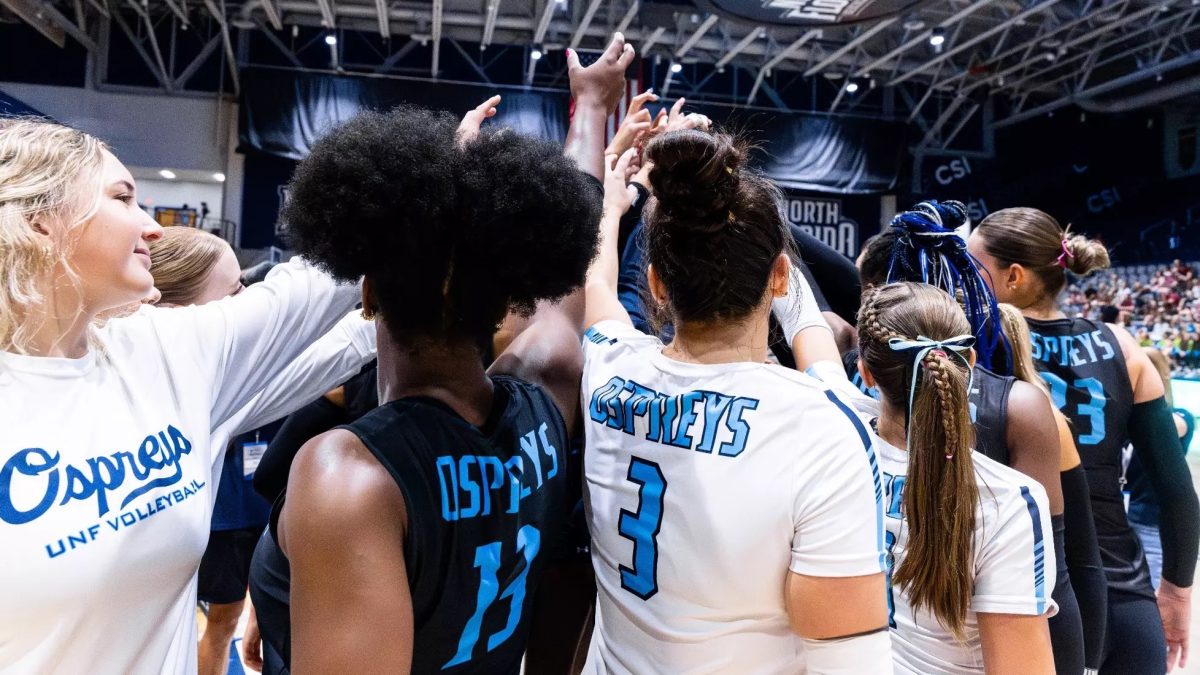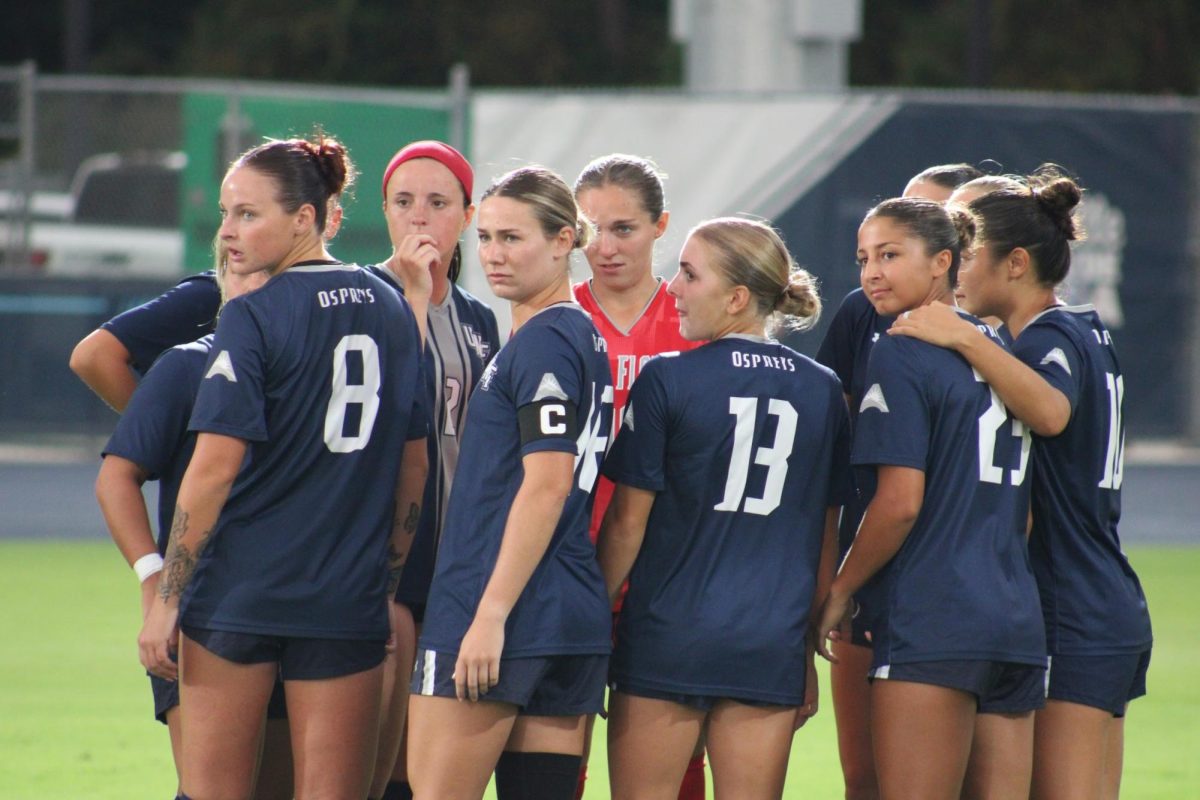By: Joseph Basco, News Editor
Archaeologists from UNF and Georgia teamed up to seek a 400-year old Spanish mission in Neptune Park in St. Simon’s Island, Ga., March 14-16.
UNF anthropology professor Keith Ashley headed the team. Two UNF anthropology students and a UNF anthropology graduate, among various volunteers from around the area, dug holes 50 centimeters deep in a 20-meter grid.
Ashley said Neptune Park, which is off the Atlantic coast, potentially housed the Santa Cruz y San Buenaventura de Guadalaquini Spanish mission, based on archival documents and past research. Ashley said he has been doing research on a Spanish mission that was on Black Hammock Island in Jacksonville from 1684 to 1696.
“Prior to that time, it was here on St. Simon’s Island from 1607 to 1684,” Ashley said. “So, we thought this park was a likely candidate for the mission site.”
He received permission from the Glynn County commission to dig in the park for three days. But all it took was the first day for Ashley and the group to know the fate of the excavation.
Although unsuccessful in finding evidence of the mission, the group found Native American pottery that may be dated from 500-1,500 years ago, Ashley said.
Ashley predicted there may be sites west of the park and farther inland that could be better candidates for the mission’s location.
The excavation, which was held during UNF’s Spring Break, enticed two UNF anthropology seniors to volunteer and join the team instead of spending Spring Break elsewhere.
“We were able to capture two devoted students here who wanted more experience,” Ashley said.
Students Shelby Newman and Amber Bond began their digging March 15, a day after the group began. Newman said even though this particular search was unsuccessful, archaeology is essential to establishing the history of humankind.
“I think a lot of people don’t realize that they’re just standing right on top of old sites,” Newman said. “It’s important to know these things are here and to understand history.”
Bond agreed with Newman and said history is important because the artifacts don’t speak for themselves.
“There’s a story to be told,” Bond said. “People have been here for thousands of years. We may specialize in different eras, but there’s more than just a Spanish component to this site.”
The pair had some success by finding Indian pottery during their excavation. Bond said the pottery, dated between the years 900-1250, may be older than the mission they were looking for but still indicates a native component to the area.
Michael Stull, a 2010 UNF anthropology graduate, was the other UNF related person on the team who volunteered to dig in the park. He said even though the items they are finding now may not be useful to them, future archaeologists may seek those items in the future.
Email Joseph Basco at news@unfspinnaker.com.




